The Moore County Planning Board held a public hearing Thursday evening to consider recommending the 2025 Land Use Plan, a document that will shape development across the county for years to come.
In addition to providing a framework for potential growth and development, the plan also highlights the need for a countywide master utilities plan to be established concurrently.
The plan, which has been under development for nearly two years, was drafted with input from a steering committee of more than 30 members appointed by the Moore County Board of Commissioners. The commissioners will ultimately decide whether to adopt the plan, which county leaders described as both a growth management tool and an economic development strategy.
The Plan and Recent Changes
Robert Hayter, one of the process leaders, told the hearing audience that the plan should be viewed not only as a guide for land use, but also as a foundation for economic development. He said local governments must remain aware of legislation at the state level, including Session Law 2024-57, which he explained weakens local control. As such, many of the actions outlined in the drafted plan had to be removed.
“Local rule is still vital to the health of communities, and I’m pleading to you and all the citizens here to make your voices be heard, because they’re not being heard at this time,” said Hayter. “There is a bill in the General Assembly that is robbing you of your authority.”
Planning Director Debra Ensminger outlined the plan’s structure and reminded the audience that recent state law changes limited the scope of what could be included. She said the future land use map mirrors the current zoning map and that categories were updated for consistency with the county’s Unified Development Ordinance.
Among the growth management tools originally discussed were three overlay districts: Agricultural Transition, Small Town Model, and Military. Two of those—Agricultural and Military—could not be implemented under the new law. The Small Town Model remains the main addition in the updated plan.
A Proponent for Growth and Creating New Towns
Larry Best, another process leader, discussed his model and beliefs on guiding Moore County’s population growth. He compared the density and design of Moore County towns to those in larger cities, notably Raleigh and Cary, saying the small-town model could help preserve community character while creating ample opportunities for more growth.
Best used numbers from Pinehurst, Southern Pines, and Aberdeen to indicate that the county’s small towns typically have a population density of 1,000 people per square mile, while Raleigh has around 3,200.
“People have a hard time grasping density,” said Best. “It’s not about density, it’s about design. As we craft the idea of these small towns, it’s not rocket science.”
Best proposed not only building onto existing small towns, but also building new small towns altogether.
“I see no reason in the world why we can’t build new small towns,” he continued. “Someone else created these beautiful towns we live in, and there’s no reason why we can’t replicate that and do that ourselves.”
When Planning Board Member Ron Jackson asked how this would be accomplished given ongoing issues with water and utilities, Best answered that current infrastructure framework would help direct growth into areas that can be served by preexisting water and sewer.

Small Town models created and provided by Larry Best.
Public Comments
Though the public speakers who took the stand commended the hard work done by the Moore County Planning Board, the Steering Committee, and the county commissioners, most still argued over specific points of contention in the plan, including verbiage and sections struck for legislative purposes.
Three of the speakers contended that the plan still, after months of refinement, does not reflect the best interests of the agricultural landscapes of Moore County.
• Residents said large subdivisions in agricultural areas threaten Moore County’s rural heritage and small-town character, a recurring topic at such meetings.
• One speaker questioned population growth projections, saying commissioners should not feel obligated to meet high numbers set by state demographers.
• The same speaker felt water and sewer infrastructure could be utilized as leverage to control growth.
• Speakers were dissatisfied that many action items had to be cut to comply with state law and wanted to see them re-added or acknowledged.
• Some recommended adding more appendices and maps to highlight areas of agricultural and environmental importance.
• Residents questioned whether the public had sufficient opportunity for input despite the years of planning, noting past listening sessions showed opposition to countywide sprawl and felt the plan is still being rushed due to the approaching deadline.
Michael Parker, a farmer and lawyer from Carthage who served on the steering committee, said zoning laws are necessary to protect neighboring property rights and prevent disruptive, incongruous uses of land. Recent legislation, if passed, would change counties’ roles in zoning and planning.
“[Legislators] say it’s about property rights and that people think they should be able to do what they want on their property,” said Parker. “But how would changes in zoning affect you? Affect the neighbors next to you? Without zoning, I would be able to start a burlesque show in my backyard.”
Parker argued that the Land Use Plan provides the due process required to justify zoning regulations and ensures community input in shaping growth. He urged the board to preserve Moore County’s “town and country” character by maintaining clear edges between communities and rural areas.
He referenced that growth ambitions in Raleigh favor Atlanta’s metropolitan sprawl in Georgia. Parker explained that if the same growth is projected onto Raleigh, Moore County would actually fall within these metropolitan bands, and does not want to see this future for the county.
Along with previous speakers, Parker also called for redefining “low density” standards, adding buffer zones between farms and subdivisions, and linking green spaces through connected trails. (He even added, laughing, “Connect Moore County like the freakin’ Appalachian Trail; I think that’s actually a great idea.”) The plan currently defines low density as being two houses per acre, which speakers felt was appropriate by city standards but not by rural standards.
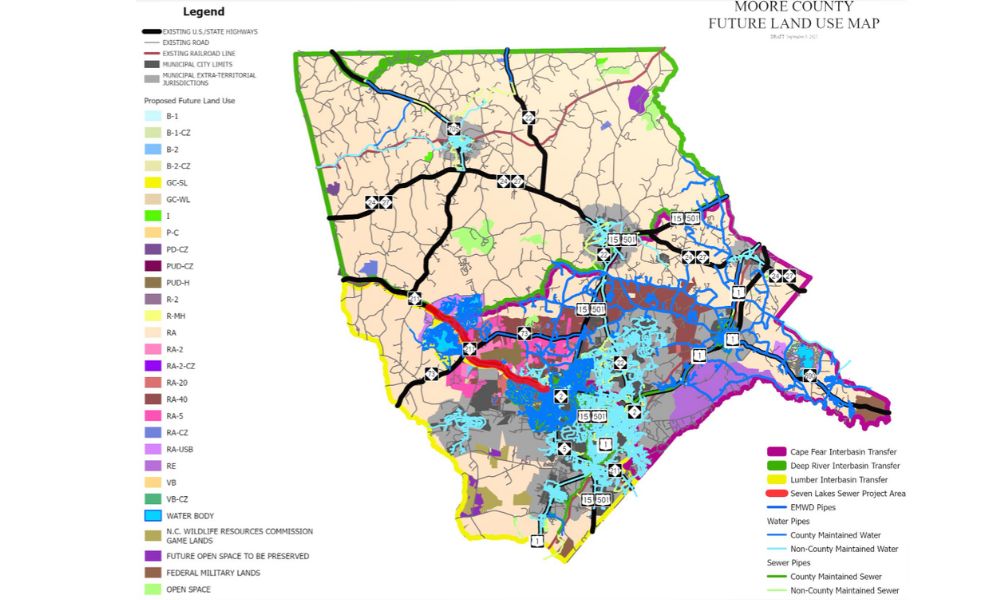
“Moore County Future Land Use Map, Moore County Geographic Information System, 2025” via Moore County Planning Board.
Motion Made
After two hours of discussion, the public hearing came to a close.
“I want you to sincerely take into accord all those constructive comments,” Hayter told the board. “Nothing I heard there is contradictive to the spirit of our discussions—and there is no reason why the Land Use Plan cannot be revised in frequencies less than ten years. That door doesn’t close. We can reconvene the people authorized to get it back on track.”
A motion was made to recommend that the Moore County Commissioners adopt the 2025 Land Use Plan and consider removing the definition of low-density from the document. The motion carried unanimously, and the plan inches closer to its final draft.
Want Moore news that matters? Please click here to sign up for the free Sandhills Sentinel e-newsletter.
~ Article and feature photo by Sandhills Sentinel Assistant Editor Abegail Murphy. Abegail has been writing for Sandhills Sentinel since 2021.


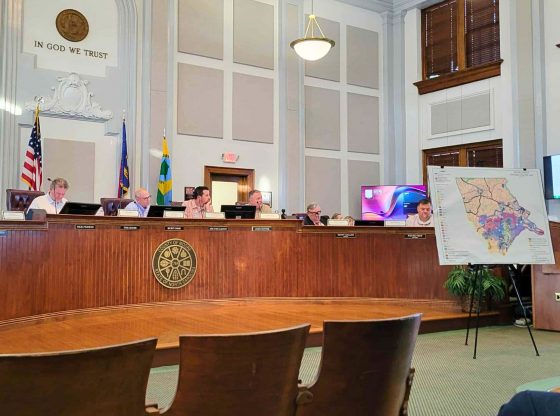



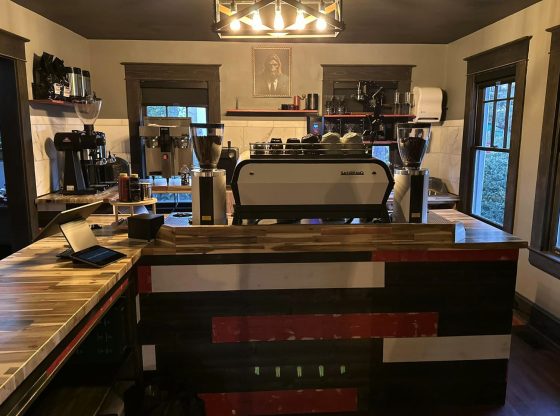

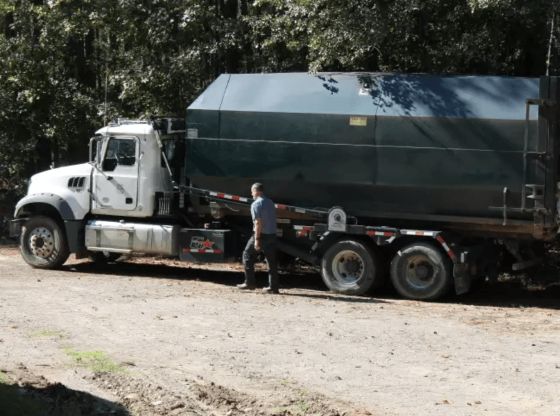
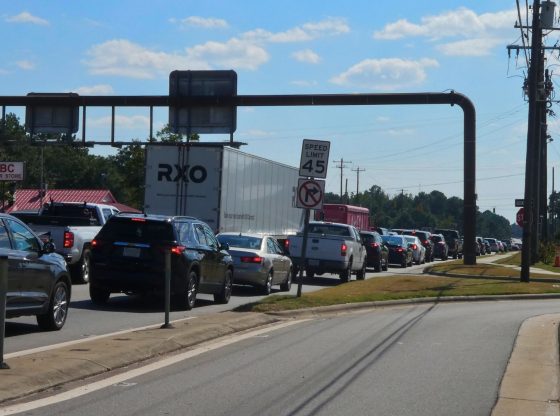










Comments
Comments are closed.